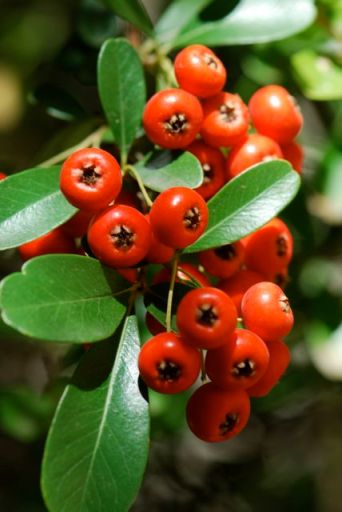Time to celebrate Susan Stockdale’s newest book, Stripes of All Types by taking a peek at the science behind the stripes. 
This visually-stunning picture book is suitable for the preschoolers and early readers. The text is a deceptively simple rhyme that draws the young reader in and gives clues to the unfamiliar words. Stripes of All Types incorporates art, poetry and science all into one highly attractive package. For a review see our sister blog, Wrapped in Foil.
Susan says she got the idea for the book after observing some brightly striped frogs at a museum. It got her to thinking of all the other striped animals there are and why that might be. Let’s take a look at some common ones.
We know some animals, like the skunk on the cover of the book, have bold stripes and contrasting colors as a warning to other animals that they are “armed and dangerous,” or at least can spray a noxious chemical.
Animals that are yellow and black, red and black, or those with prominent stripes like this paper wasp are thought to be advertizing their ability to defend themselves.
Some animals, like this monarch caterpillar, do not have an obvious defense like a stinger. It turns out they are protected by being poisonous to eat.
What about this stripy caterpillar?
Check out the stripes on this moth.
This swallowtail butterfly even has a stripe down its body.
Stripes in some animals may be a form of camouflage to break up the outline of the body to confuse predators, such as birds.
That was long thought to be the case for the zebra. Some very recent work, however, has suggested that the stripes may have a different role. It turns out a zebra’s stripes may be protecting it from biting flies (summary of the study at the BBC).
Given that many insects are susceptible to parasitic flies, it will be interesting to see if this finding is applied to other organisms.
Are you excited about stripes yet? Be sure to look for some more!
In Stripes of All Types, Susan Stockdale features many unusual and intriguing animals with stripes. In the back matter she discusses each animal in more detail, giving its name, where it lives and more about what its stripes might have to say. She also has a matching game at the end to reinforce learning, asking the reader to match the sample of stripes to the animal.
It will be hard to wait, but Stripes of All Types is coming to bookstores April 1.
Hardcover: 32 pages
Publisher: Peachtree Publishers (April 1, 2013)
ISBN-10: 1561456950
ISBN-13: 978-1561456956
The books was provided by the publisher for review purposes.
Come visit the STEM Friday blog each week to find more great Science, Technology, Engineering and Math books.















